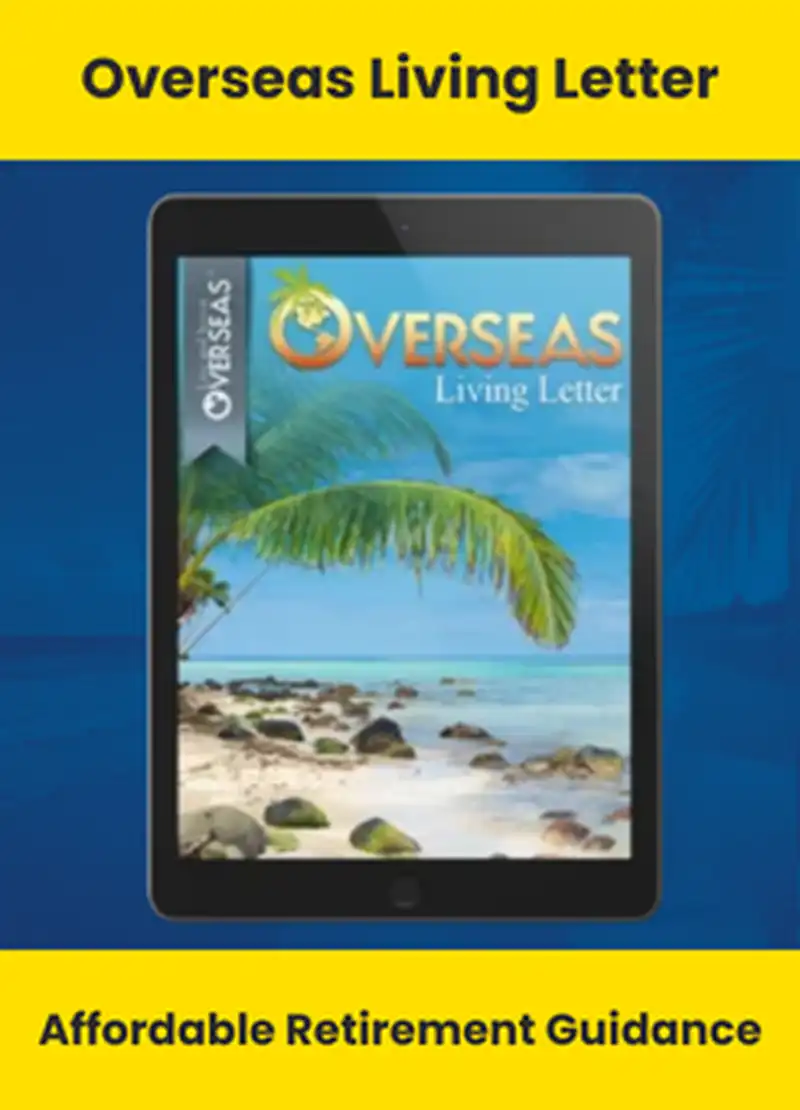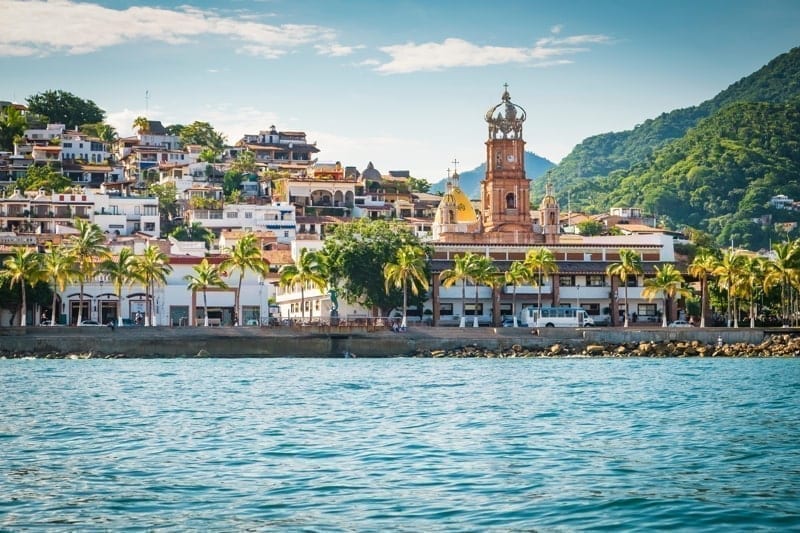Being a digital nomad is all about freedom of movement.
Different from a remote worker (an employee of a company that works from home), a digital nomad doesn’t really have a home.
Digital nomads earn a living throughtheir technological devices (laptops, smartphones, etc.) and bounce among global nomad hubs. They might spend a few weeks in Chiang Mai before taking off for Lisbon or Medellín…
The only constraint in where they go and how long they stay there is their own whim.
Over the past few years, the number of digital nomads has grown exponentially. With more and more people working remotely and improvements in technology and infrastructure making this easier than ever before, it’s no surprise that so many have embraced the digital nomad lifestyle.
Why confine yourself to a stuffy office in the city when you can work just as easily from a beachside café in an exciting and exotic locale?
From the rapid increase in the number of digital nomads out there, a new subculture has been born. Nomad conferences and international meet-ups, nomad cruises, and even nomad trains came about. Co-working and co-living options sprang up all over the world. All you needed to take part was a passport, cell phone, laptop, and a bit of motivation to take the plunge into the digital nomad lifestyle.
And what a lifestyle it was. One month your office would be a co-working space in Bali, so close to the beach that surfing on your lunch break was a viable option and wouldn’t interrupt your work day.
The next month, it might be a house shared with other nomads in Budapest, exploring the city and surroundings on the weekends. Perhaps Buenos Aires would follow to learn a bit of Spanish and how to dance tango. The freedom that this exciting lifestyle granted people was incredible. Your only limits were your bank account, visa policies, and Wi-Fi speeds. If one place was too expensive or the internet too slow, you simply moved on to a new locale. Once one visa ran out, you jumped on a plane or train and headed to the next destination. The toughest decision nomads faced was which scenic location to work from next.
In short, life was good for digital nomads…
Until last year.
The 2020 Challenge for Digital Nomads
The global coronavirus pandemic hit and changed everything.
Conferences were no longer possible… co-working and co-living suddenly didn’t seem like such good ideas… and, crucially for nomads, international travel came to a screeching halt.
In the span of just a few months, DNs lost their raison d’être…
Suddenly, for digital nomads around the globe, options for travel were slim pickings. This was especially true for Americans, who at one point were allowed into only about 15 other countries. Just like that, Americans went from having one of the strongest passports in the world to one of the weakest. This was a tough pill for us to swallow.
One Country in Particular Stood Out on A Map Where Suddenly Many Borders Were Closed
I’m speaking of Mexico, where borders were never closed…
Where it remained possible to enter as a tourist and stay on for 180 days.
And where a negative PCR test has never been required… nor any mandatory quarantine.
Mexico was also the easiest place to travel to from the United States and Canada with less risk of having to deal with canceled connections and strict lockdowns.
Tourism in Mexico has been hit hard, but the number of digital nomads flocking to the country has made up for some of that loss.
Not surprisingly, the beach towns of Playa del Carmen and Puerto Vallarta have been the most popular choices.
Jordan’s Experience
Jordan is a full-time Playa resident and says there’s been a huge spike in the number of nomads relocating there.
“I’ve talked to real estate people here and they’ve never seen this amount of people looking for 6- or 12-month rentals.”
He attributes this to the lack of choices available to people in the States and Canada, where even something as simple as going to a restaurant hasn’t been possible for many throughout the pandemic.
“Being able to travel to another country and become a digital nomad is a choice in a circumstance where, for instance, a lot of Americans feel like they don’t have a choice anymore. The last frontier of choice is coming down to Mexico and living here for a few months.”
Brittany’s Experience
Jordan wasn’t alone. Brittany finally took the plunge into digital nomad life with a spur-of-the-moment decision.
“I was visiting Sedona with a couple of close girlfriends for a long weekend when I discovered that the borders to Mexico were open, allowing U.S. citizens to enter. I bought the next ticket to Puerto Vallarta and flew straight there without even going back home to Boston to gather my belongings. What started as a weekend getaway to enjoy the red rocks and energy vortices Stateside turned into a three-month digital nomad adventure in PV…”
Sasha Savinov
Digital Nomad










